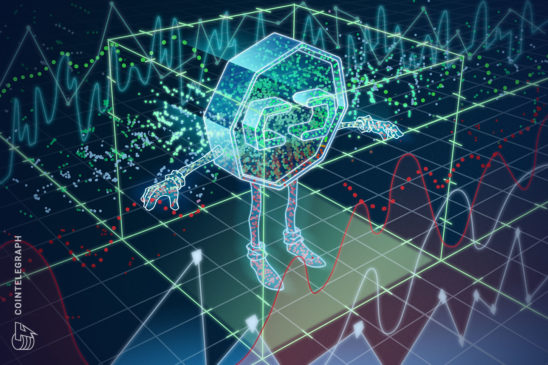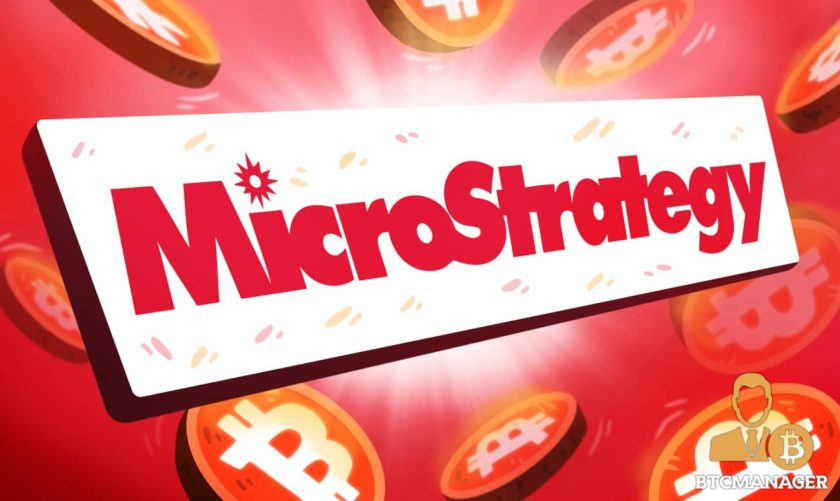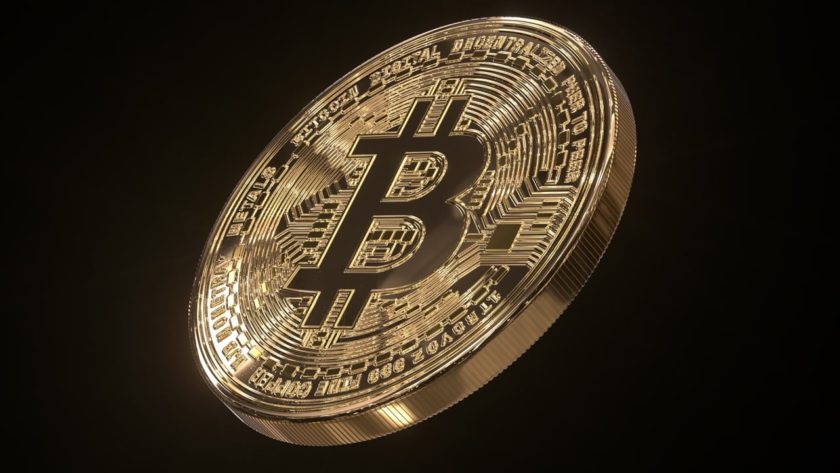The total USD value locked in decentralized finance (DeFi) protocols recently surpassed the $6 billion mark according to onchain data resource, DeFi Pulse.
Currently, the figure rests at $6.32 billion, after rising nearly six-fold since it reached the $1 billion mark less than three months ago. The exponential growth seen this year can largely be attributed to the advent of yield farming and the release of Compound protocol.
However, recent research by Encode Club founder Damir Bandalo, found that this figure is somewhat inflated. Instead of $6.32 billion, Bandolo says $3.5 billion is a better estimate of the real value locked in the top 15 DeFi protocols.
While the numbers shown by various DeFi data resources may be somewhat ballooned, this is something that also happens in traditional finance as one Twitter user noted.
The total value locked in DeFi protocols can be hard to calculate as one dollar can create its value multiple times over in locked value. For example, a user can lock Ether (ETH) in MakerDAO to create DAI, a decentralized USD-based stablecoin.
A user can then lock that same DAI in another protocol, and the duplications don’t end there as different protocols permit different lending, borrowing and duplication practices.
There’s more to DeFi than just market ap
Only around 3.85% of Ether and 0.18% of Bitcoin (BTC) is locked in DeFi, meaning that there is still a lot of room for growth. Wrapped Bitcoin (wBTC) is the most popular form of tokenized Bitcoin on the Ethereum blockchain and about 50% of it’s $274 million market cap is locked in Compound. RenBTC, a decentralized version of wBTC is also beginning to gain traction as a gateway to DeFi.
Ether remains the most popular cryptocurrency in the DeFi ecosystem, accounting for 50% of value locked, while BTC accounts for only 10%. Stablecoins account for 33% of total value locked and the rest is made up of other ERC-20 tokens like Basic Attention Token (BAT), Augur (REP), and others.
Is there room for growth?
Regardless of the total USD value locked in the DeFi ecosystem, there is clearly plenty of room for growth. It’s likely that the value locked figure will continue to increase as yield farming and other forms of lending gain traction.
While many believe DeFi is the future of finance, the nascent sector still has major security issues to contend with and it must do so while dealing with what seems to be an hyped up market reminiscent of the 2018 ICO hype. This leads to poorly planned and rushed projects like Yam Finance which was launched without an adequate audit.




